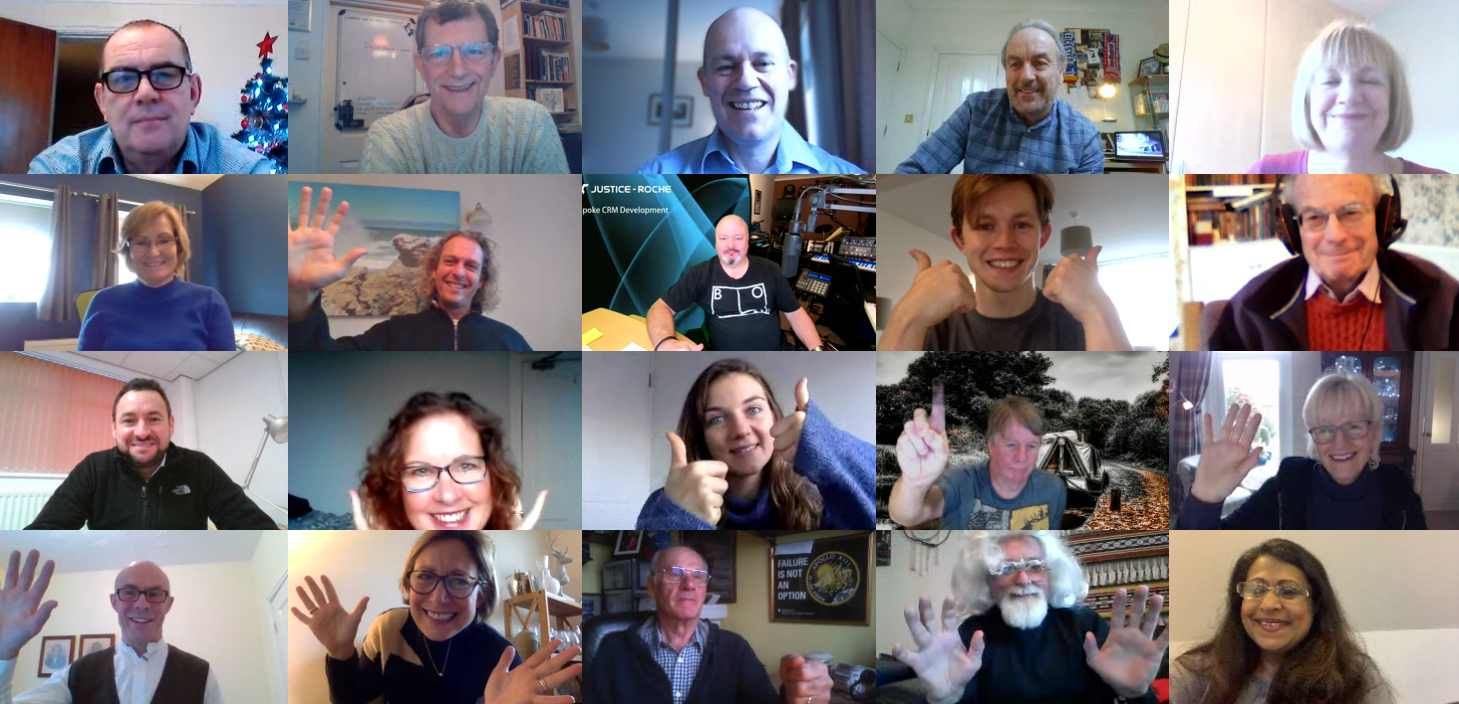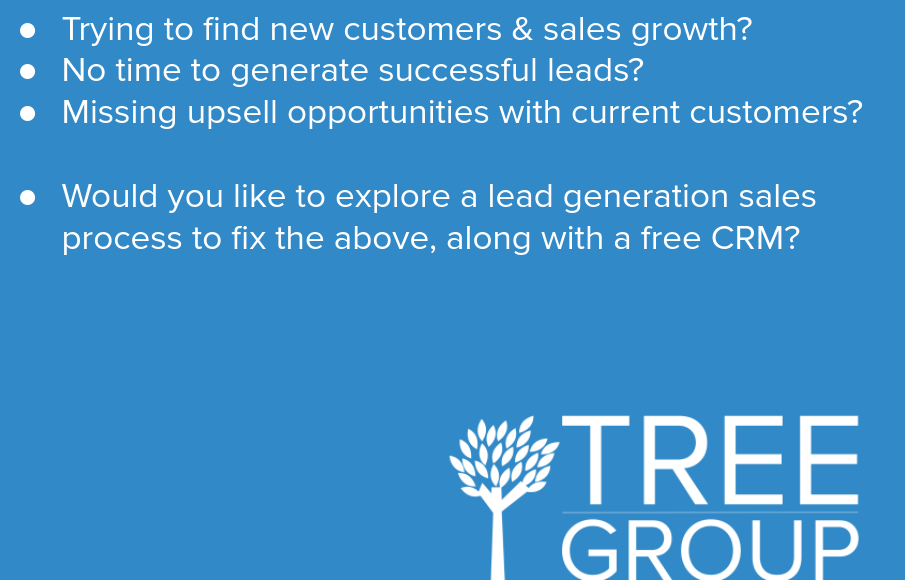We often talk to Automotive business owners who want to improve their search engine ranking. On that topic, let's talk about the topic cluster model and how it can help you boost your ranking, which is part of our series on How Automotive Companies Can Survive The Future... Join the #SalesSuperleague.
As always you can read our blog, watch our videos on YouTube, or listen to our podcast on iTunes and Soundcloud…
What is a Topic Cluster?
Previously, websites were configured with a Home page and a contents page leading off to various other pages. And for blogs, you chose a key word and wrote a whole load of blogs containing that key word. With search engines new algorithms, this no longer works! You need a topic cluster model. A topic cluster has a pillar page (a main summary page), with multiple and related content pages leading off it. These pages are hyperlinked together.
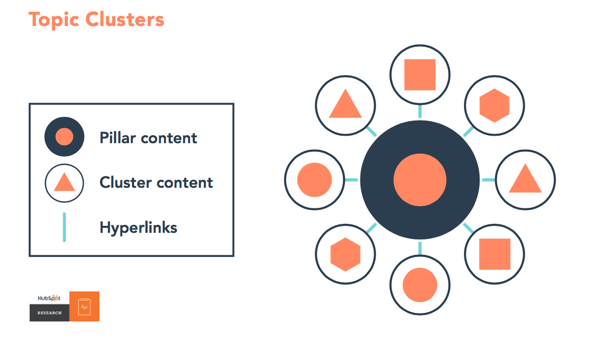 https://blog.hubspot.com/news-trends/topic-clusters-seo
https://blog.hubspot.com/news-trends/topic-clusters-seo
The linking action signals to search engines that the main pillar page is an authority on the topic. Gradually, over time, the page will start to be ranked higher and higher for the topic that it covers. The topic cluster model is a way of organising your website content to make it easier for search engines to find, and subsequently move your website up the search engine ranking.
Why is this happening?
Search engines, such as Google, have changed their algorithms to suit buyer behavior. We no longer search for fragmented keywords, but search in a much more conversational way asking much more complex questions. Search engines are now clever enough to recognise connections across queries and can understand the topical content behind the search. We are also using voice search much more often. Google has made several updates to its algorithms in the last 10 years.
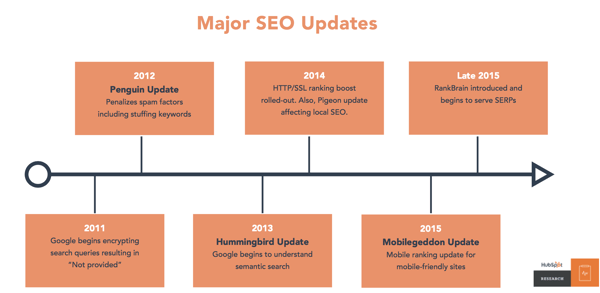 https://blog.hubspot.com/news-trends/topic-clusters-seo
https://blog.hubspot.com/news-trends/topic-clusters-seo
The Hummingbird update in 2013 was the first step away from keywords towards phrases. This was expanded on in 2015 with Google's Rankbrain, a machine learning algorithm that actually understands the context of peoples questions. It combines multiple keywords, phrases and similar themes that have also been associated with past searches to find the best result.
How do we know that topic clusters affect search rankings?
After discovering these algorithmic changes had taken place, HubSpot conducted a series of experiments to find out just how much topic clusters affected SERPs. Findings from HubSpot's initial topic cluster experiments shows the more interlinking they did, the higher the ranking in search engine results pages.
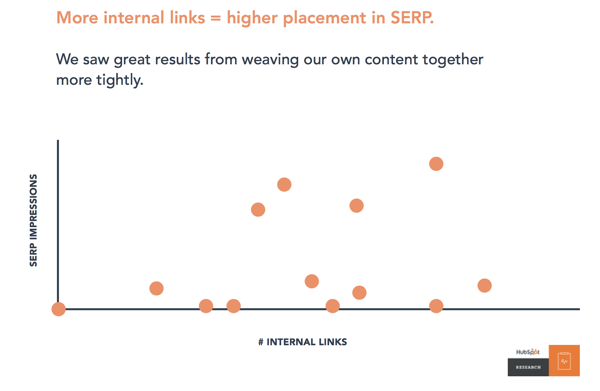 https://blog.hubspot.com/news-trends/topic-clusters-seo
https://blog.hubspot.com/news-trends/topic-clusters-seo
So how does this impact my website?
If your website structure is set out in the traditional way, search engines such as google, find it hard to trawl through all your pages quickly. Each time you add something to your site or your blog, the structure becomes more spread out and confusing. These pages subsequently end up competing with each other to get higher search engine rankings. A more orderly approach is needed where the search engine knows what page should be prioritised, then all the related pages can be organised in one interlinked cluster.
You need to change your website from this structure...
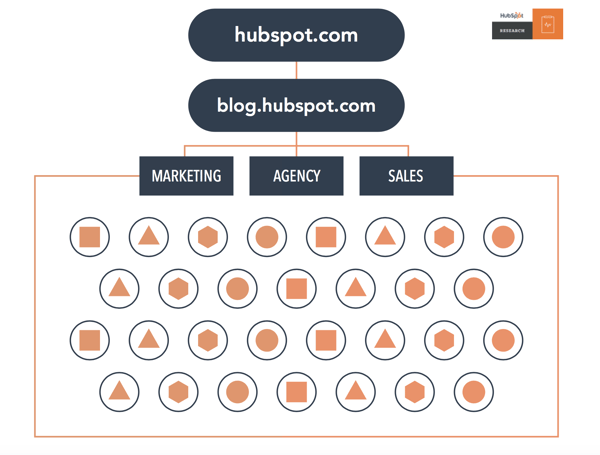 https://blog.hubspot.com/news-trends/topic-clusters-seo
https://blog.hubspot.com/news-trends/topic-clusters-seo
To this....
 https://blog.hubspot.com/news-trends/topic-clusters-seo
https://blog.hubspot.com/news-trends/topic-clusters-seo
Each piece of cluster content links back to the pillar page. There can also be links between blog posts within that cluster to further link the topics together. This linking means that:
- Search engines can easily trawl through the content and understand those pages are connected.
- Search engines can see there is a lot of content on the topic, telling them the pillar page must be an authority.
- Search engines then rank these orderly pillar pages higher.
- When one individual blog post does well in terms of ranking, all the blogs in that cluster also rise in the ranking.
So how do we change our websites to the topic cluster model?
Step 1. Choose your Pillar pages..
Look at your existing contents page. What will serve as pillar pages? Remember pillar pages can be thought of as the broad topics on your website. An example could be HubSpot's pillar page on Instagram Marketing. At the bottom of this pillar page there are links to all the cluster content, for example, blog posts on 'How to Create an Instagram Business Account'.
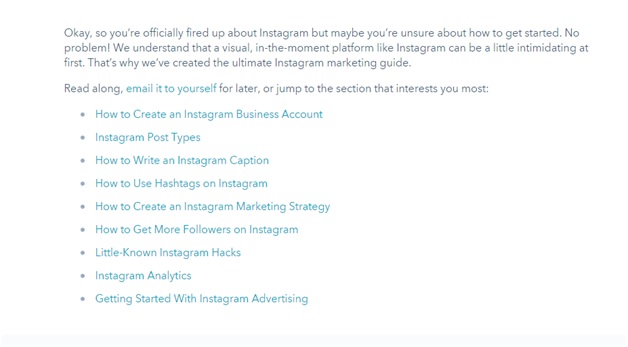 https://thenextscoop.com/implement-topic-clusters-model/
https://thenextscoop.com/implement-topic-clusters-model/
Remember your pillar pages need to have a fairly narrow scope. They need to be able to cover the topic cluster broadly, a bit like an ultimate guide. It's designed to briefly answer lots of basic questions on the topic, whilst each of the linked cluster of blog posts answers a single question in much more detail.
https://blog.hubspot.com/news-trends/topic-clusters-seo“When considering whether something should be called a pillar page or not, ask yourself this: Would this page answer every question the reader who searched X keyword had, AND is it broad enough to be an umbrella for 20-30 posts?
A spreadsheet can be useful to organise all your pillar pages with linked blog posts for the cluster topics.
Step 2. Look at your current content..
- See what cluster content you have to work with already, and take note of what areas have gaps you can fill by adding more blog posts.
- Edit your blog posts to remove duplicate content. You don't want your blog posts to be competing with one another.
- Research related topics or long-tail keywords, create content on those subtopics, then link it back to a pillar page to create your cluster.
Step 3. Create new pillar pages..
You may already have blog posts that can play the role of a pillar page. Pillar pages should touch briefly on all the topics in the clusters, this may mean they are fairly lengthy which is fine. You might find that you can combine several blog posts to make a pillar page.
When you've got your pillar page and cluster topics you can hyperlink the clusters to the pillar page, this can just be a list at the bottom. Each cluster page must link to the pillar page with the same hyperlink. You can also link relevant content within the cluster. Remember to update your spreadsheet as you create and add content.
Many companies, such as MarketMuse and HubSpot, have created tools to help marketing teams organise content around topics. They work to help you identify content gaps and optimise content by topic clusters (or long-tailed keywords).
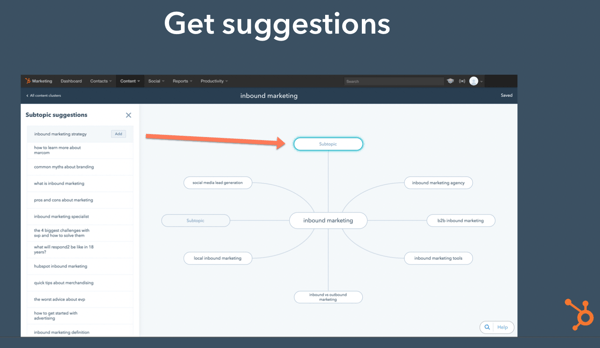 https://blog.hubspot.com/news-trends/topic-clusters-seo
https://blog.hubspot.com/news-trends/topic-clusters-seo
We expect there to be more and more tools available in the near future to help marketing departments optimise their websites and blog content.
To learn more about increasing your sales using SEO, start with How Automotive Companies Can Survive The Future.
Thank you to HubSpot for providing graphics and research.
You might also be interested in…
Our blog series for Automotive companies on Business Growth, How to use HubSpot, and Website design, our podcasts on iTunes and Soundcloud, and our videos on YouTube.
About The Tree Group
The Tree Group is a business growth agency and HubSpot Certified Partner that combines sales, marketing, and websites to help Automotive companies with at least 10 staff and a desire to grow by 15% in the next 18 months. Does that sound like you?









